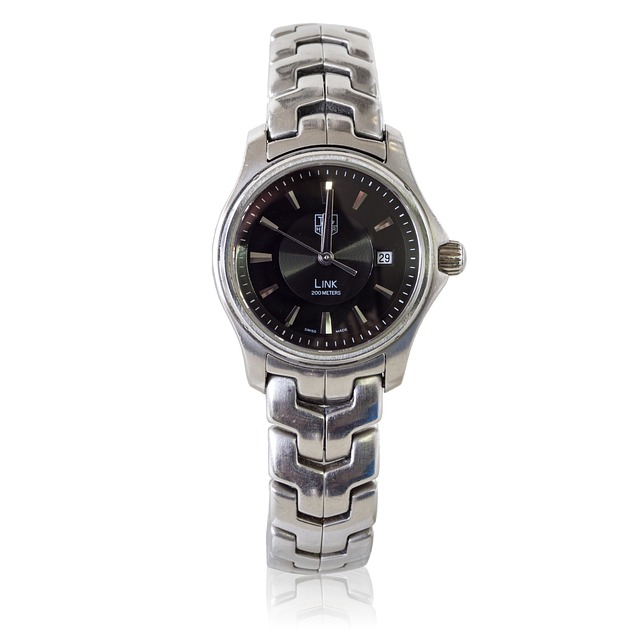Skin tags, or acrochordons, are common harmless growths influenced by genetics, obesity, and hormonal changes, appearing in familial patterns on frictional areas. They vary in type (e.g., acral, angular) and size. Leeds Tag Removal can be achieved through non-invasive methods like cryotherapy (freezing with liquid nitrogen) or surgical excision, leaving minimal scars but carrying risks. Home remedies and preventative measures exist for milder cases, while professional medical guidance is crucial for larger or persistent tags to select the most effective and safe Leeds Tag Removal method.
Skin tags, those small, soft bumps that can appear on various body parts, including arms and legs, are a common concern. While they are usually harmless, many seek effective methods for removal due to cosmetic reasons or discomfort. This article explores comprehensive strategies to treat skin tags, from understanding their causes and types to non-invasive techniques like cryotherapy and surgical options. We also delve into natural remedies and preventative measures, providing you with a complete guide to Leeds Tag Removal.
- Understanding Skin Tags: Causes and Types
- Non-Invasive Treatment Options for Leeds Tag Removal
- Surgical Approaches to Removing Skin Tags
- Home Remedies and Preventative Measures
Understanding Skin Tags: Causes and Types
Skin tags, also known as acrochordons, are small, soft skin growths that typically appear on the neck, armpits, and areas where skin rubs against itself, such as the arms and legs. They are usually harmless and often inherit from one’s family, suggesting a genetic predisposition. Various factors can contribute to their development, including obesity, diabetes, and hormonal changes.
There are several types of skin tags, with the most common being acral and angular. Acral skin tags occur on parts of the body not typically exposed to the sun, while angular tags usually form in creases or folds of the skin. Understanding these causes and variations is essential when considering Leeds Tag Removal methods, as different techniques may be more suitable for specific types and underlying conditions.
Non-Invasive Treatment Options for Leeds Tag Removal
When it comes to non-invasive treatment options for Leeds Tag Removal, there are several effective methods available that can help eliminate these small skin growths without causing significant discomfort or leaving scars. One popular choice is cryotherapy, which involves freezing the skin tags using liquid nitrogen. This procedure is quick and usually painless, making it a preferred method for many. It’s often performed in a doctor’s office and can be repeated if necessary to ensure complete removal.
Another less invasive option is surgical excision. A qualified dermatologist will use small scissors or a scalpel to cut off the skin tag, followed by applying pressure to stop any bleeding. This method offers a permanent solution but may leave a tiny scar at the site of removal. It’s essential to consult with a healthcare professional who can advise on the best approach based on the size and location of the Leeds tags.
Surgical Approaches to Removing Skin Tags
Surgical approaches, such as laser treatments and surgical excision, offer more permanent solutions for removing skin tags. In the case of Leeds Tag Removal, specialized equipment is used to target and eliminate the tag with minimal scarring. Laser therapy is particularly effective as it uses concentrated light energy to burn away the tag, often in a single session. Surgical excision involves cutting out the tag and stitching the skin closed, which may require local anesthesia. These methods are suitable for larger or more persistent skin tags that haven’t responded to non-invasive treatments. They provide long-lasting results but carry risks like infection, bleeding, and scarring, so professional medical supervision is essential.
Home Remedies and Preventative Measures
Skin tags, those small, soft bumps that can appear anywhere on the body, including arms and legs, are usually harmless but may cause discomfort or self-consciousness. While there are various medical procedures for Leeds Tag Removal, many people prefer to try home remedies first. Apple cider vinegar, for instance, is a popular choice due to its acidity, which helps to dissolve the skin’s top layer where tags attach. Another simple method involves tying a small piece of string or rubber band around the tag, cutting off blood supply and causing it to fall off naturally within a week or two.
Preventative measures can go a long way in reducing skin tags. Maintaining good hygiene by regularly washing and drying the affected areas gently is essential. Avoiding rough scratching or picking at tags can also prevent them from growing back. Additionally, keeping an eye on any changes in your skin tags and consulting a healthcare professional if they become painful, infected, or grow rapidly can help manage their occurrence.
When it comes to treating skin tags on arms and legs, understanding your options is key. From non-invasive procedures like cryotherapy and laser treatments to surgical approaches, each method offers unique benefits. Even home remedies and preventative measures can play a role in managing these benign growths. Remember, the best course of action depends on the size, number, and type of skin tags you have, as well as your personal preferences. For effective Leeds Tag Removal, consult a dermatologist to determine the ideal treatment plan for your needs.
